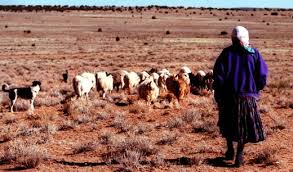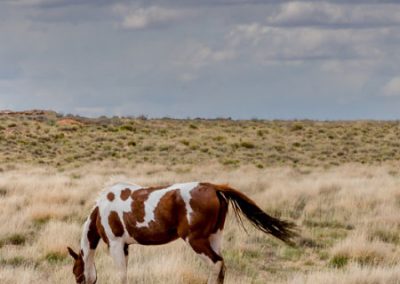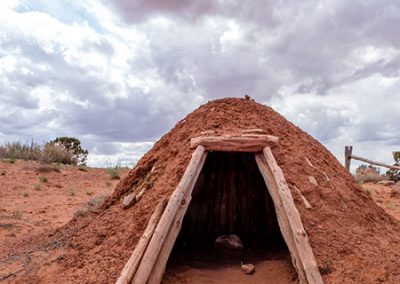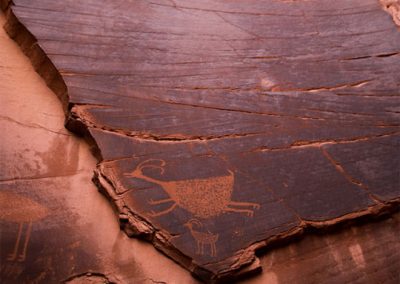Navajo-Hopi Partition Land Information
DOCUMENTS PROVIDED ABOUT THE HPL LIVESTOCK IMPOUNDMENT
Navajo-Hopi Partition Land History
In 1909 members of the US Geological Survey conducted an investigation of the northern Arizona plateau, believing that 8 billion tons of recoverable coal lay beneath the land’s surface. In the early 1920s, the Los Angeles Department of Water and Power began to study the feasibility of developing southwestern coal resources in order to provide enough electricity for the explosion of development that was beginning to engulf Southern California. In order to protect the air quality of the plants were placed in the Four Corners area, where Arizona, Colorado, Utah and New Mexico meet.
In the mid-1950s the state of Arizona looked to the coal reserves located on the Navajo and Hopi reservation lands as a solution to its growing energy needs. In an all-out effort to tap these energy resources, a coalition of 21 utility companies from Arizona, California, New Mexico, Colorado, Nevada, Utah and Texas joined forces as Western Energy Supply and Transmission Associates (WEST) and proceeded to implement “the Grand Plan.” This plan involved the construction of massive coal and nuclear power plants fueled by the vast supply of coal and uranium in the Four Corners region. Throughout the century it became increasingly clear that this part of the Southwest was a major repository of important minerals such as oil, coal and uranium. Efforts to develop these resources led to:
1. The creation of the Navajo and Hopi Tribal Councils by the US government.
2. The division of jointly used ancestral lands through the 1974 Navajo- Hopi Land Settlement Act.
3. A federally imposed building moratorium and livestock reduction program for Navajos living on Hopi Partition Land.
4. The relocation of thousands of Navajo people from their homelands.
The 1974 Navajo-Hopi Land Settlement Act created an artificial boundary, dividing in half 1.8 million acres of jointly owned Navajo-Hopi land in northern Arizona. The enactment of this law resulted in governmental efforts to relocate 10-15,000 Navajos who found themselves living on the wrong side of the fence. Sen. Daniel Inouye, Chairman of the Senate Select Committee on Indian Affairs, calls the Navajo-Hopi Land Settlement Act a “measure to settle a century-old land dispute between the Navajo and Hopi Tribes in Northwest Arizona.” A look at the events leading up to the 1974 act indicates that it is actually the result of an ongoing effort to develop mineral resources in the area. In order to understand this situation, some background information on American colonial and history up to the 1974 Land Settlement Act is required. (source: http://www.culturalsurvival.org Fall 1988)





